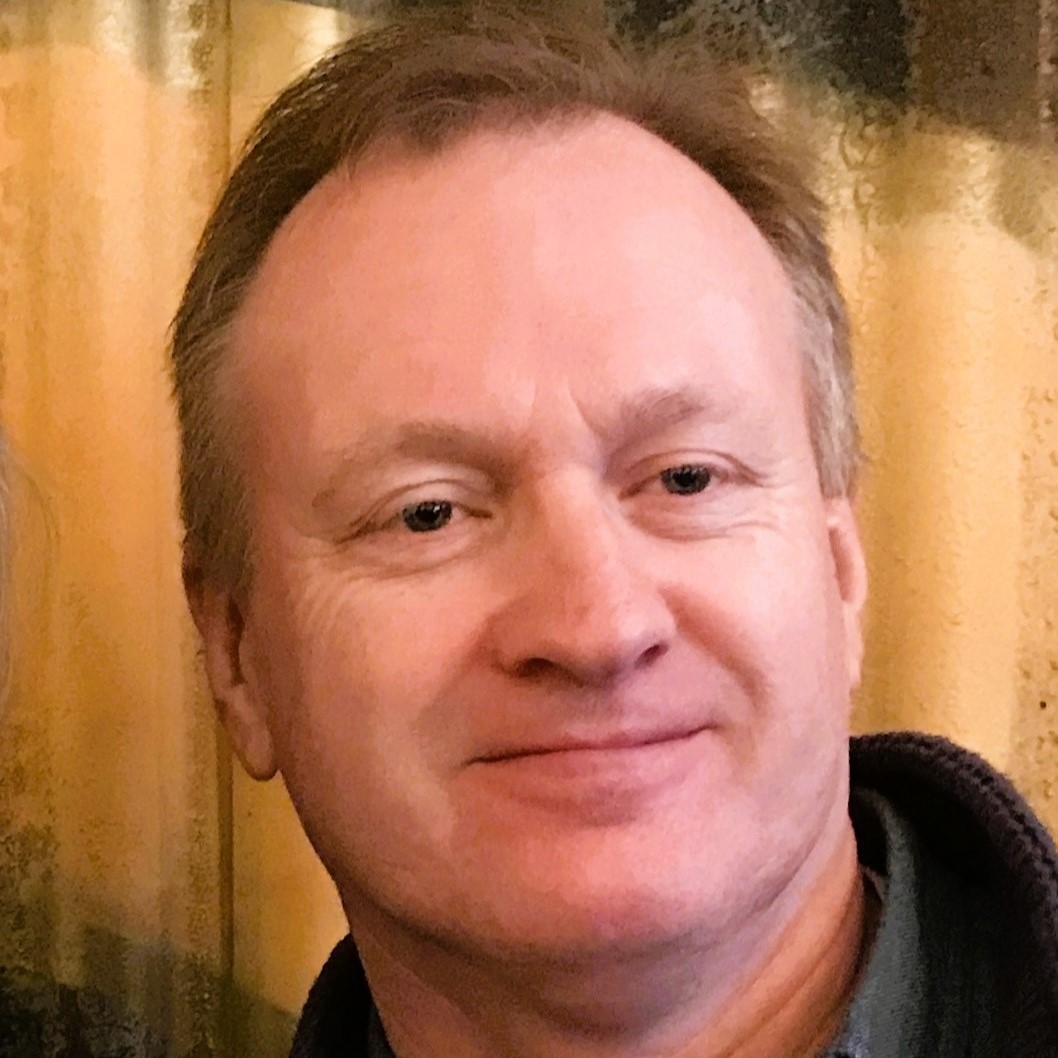Speaker Interview: Andy White, FP Pigments

About Andy
After a degree in Chemistry from Nottingham University, Andy started work making polymers and subsequently industrial coatings for ICI in Birmingham in 1984. In 1991 he stepped into raw materials when he moved to SCM Chemicals (latterly Millennium Chemicals and now Cristal/Tronox) as a Technical Service Manager. There followed a 17 year career in TiO2, selling into both the coatings and plastics markets and ending up in some of their highest sales positions (Global Account Manager – Akzo, BASF, PPG).
In 2007 Andy moved out of TiO2 into coloured pigments as European Sales Director for Rockwood Pigments (now Venator), moving on the Cathay Pigments as VP for Global Key accounts in 2013.
In early 2017 Andy stepped back into the TiO2 sphere enticed by the next generation opacifying technology with FP Pigments and now heads up the Paints and Plastic Business Unit for Europe, Middle East, Africa and Asia.
What are the principal considerations for white and coloured plastics?
This depends upon the thickness of the plastic. For thinner sheets and films, opacity is very important as is the final overall colour. In thicker mouldings, opacity is less relevant and the quality of the colour produced is most critical (or else why colour it at all).
In the thinner systems TiO2 (and only this) will be used to manage the opacity requirements, the thinner the plastic the more TiO2 will be needed to scatter the visible light back to the eye. In coloured systems, the choice of coloured pigment in combination with the TiO2 level will not only manage the opacity/ colour result but also massively affect the carbon footprint and the cost.
How do you deliver on sustainability?
Our product replaces between 5 and 25% of the TiO2 used in various plastic systems (the lower TiO2 levels in thicker films or colours lead to higher than 10% replacement ratios). In replacing TiO2 our product has a carbon
footprint approximately 70% lower than that of the TiO2 it replaces.
What’s next for the optimisation of optics?
I think that following years of ‘commoditisation’, when all users have been testing cheaper alternative materials which have lower costs than their predecessors, we have reached the end of this cycle. Whilst cost is always important, lower basic raw material costs are now difficult to achieve without innovation. There are several technologies (not just ours) which can help formulators deliver improved performance whilst maintaining both a sustainable and cost effective approach. Making faster, cheaper and bigger will be replaced by new methods of delivering colour and opacity.
What are you most looking forward to from the expo?
Showcasing our technology, especially for use in coloured systems. We give the skilled formulator a chance to reduce not just TiO2 levels but coloured pigment levels too.
Andy White will be speaking on Day 1 at the Compounding World Expo Theatre.
